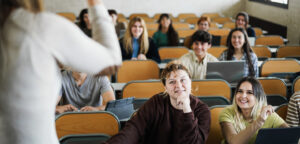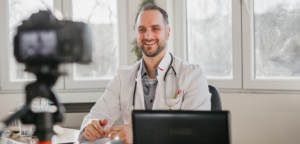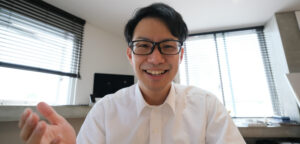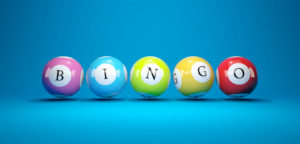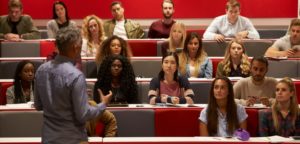
Mentoring Students Can Make a Difference
As educators, we can help our students lift their sights to see beyond graduation. We can identify ways to be more effective mentors with our students, but this will require patience and persistence. Mentoring students calls for our best innovation and intentional efforts.
Many


